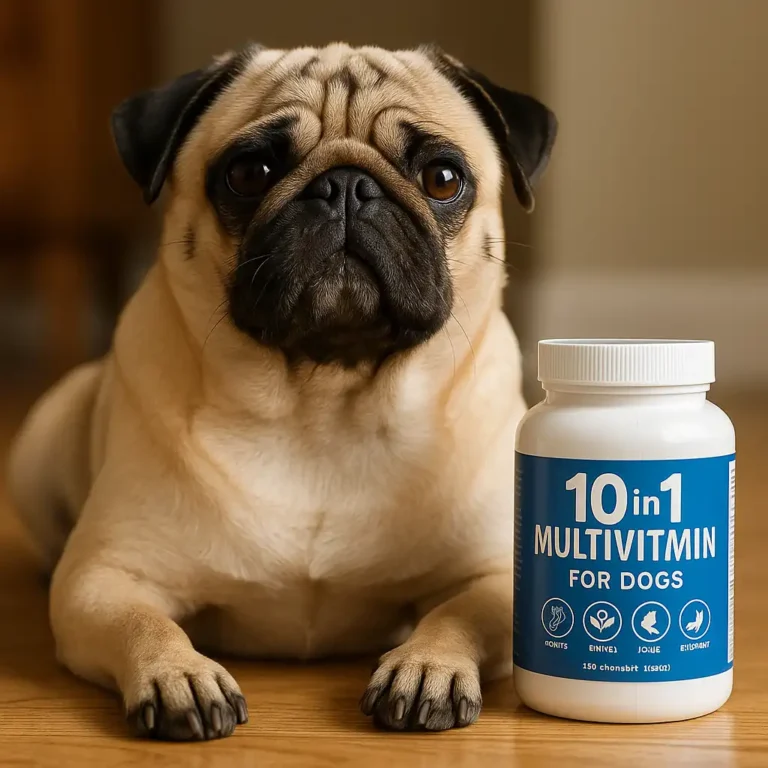Pug Dog Insurance: Why It’s Essential for Your Precious Pooch

Disclosure: This post contains affiliate links. As an Amazon Associate, I earn from qualifying purchases—at no extra cost to you.
Pugs are adorable, loving companions, but they also come with unique health challenges that can make vet bills add up quickly. Investing in pug dog insurance can offer peace of mind and financial protection. Let’s explore why insurance for your pug is crucial, what to look for in a plan, and how to choose the best coverage for your furry friend.
Why Do Pugs Need Insurance?
Pugs are prone to a variety of health issues that can become costly without proper coverage. Due to their distinctive flat faces and charmingly wrinkled skin, they are at risk for:
- Respiratory Problems: Brachycephalic breeds like pugs often struggle with breathing issues.
- Eye Conditions: Pugs’ prominent eyes make them susceptible to injuries and conditions like corneal ulcers.
- Joint and Hip Issues: Hip dysplasia and patellar luxation are common in pugs.
- Allergies and Skin Conditions: Pugs’ skin folds require extra care, and allergies are common.
- Obesity-Related Problems: Pugs are food lovers, which can lead to weight-related health issues.
With these concerns in mind, pug-specific insurance can save you from unexpected and often expensive veterinary bills.
What to Look for in Pug Dog Insurance
When selecting insurance for your pug, consider these important factors:
1. Comprehensive Coverage
Look for a plan that covers both accidents and illnesses. Since pugs can develop chronic conditions, choosing a policy that covers long-term treatments is ideal.
2. Coverage for Breed-Specific Conditions
Some insurers exclude conditions common in certain breeds. Ensure the plan you choose includes coverage for issues like breathing difficulties, eye conditions, and joint problems.
3. Dental Care
Pugs are prone to dental issues. A policy that includes dental coverage can be invaluable.
4. Preventive Care Add-Ons
Many insurers offer wellness packages that cover vaccinations, flea and tick prevention, and routine check-ups. While not always included in basic plans, these add-ons can be worthwhile for proactive care.
5. Flexible Deductibles and Reimbursement Options
Choosing a plan with customizable deductibles and payout options allows you to balance your monthly premium with the level of coverage you need.
Cost of Pug Dog Insurance
The cost of pug insurance varies based on factors like your location, your pug’s age, and the type of coverage you choose. On average:
- Accident-only plans may start as low as $10–$20 per month.
- Comprehensive coverage for accidents, illnesses, and preventive care typically ranges from $30–$60 per month.
Investing in insurance early, while your pug is young and healthy, can help you secure better rates and broader coverage.
Tips for Choosing the Best Insurance Plan
- Compare Multiple Providers: Look at several plans to find one that fits your budget and coverage needs.
- Read the Fine Print: Be sure to understand exclusions, waiting periods, and annual limits.
- Consider Your Pug’s Age and Health History: Some insurers may have age restrictions or may not cover pre-existing conditions.
Conclusion
Pug dog insurance is a smart investment that can safeguard both your pet’s health and your wallet. With their charming personalities and loveable quirks, pugs deserve the best care possible — and insurance can ensure they get it without financial stress.






